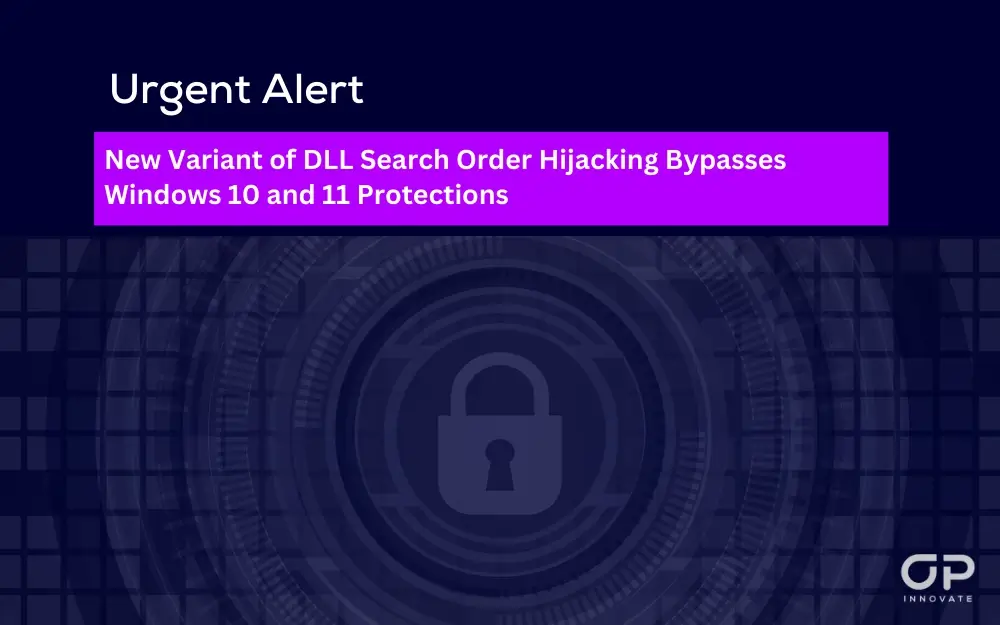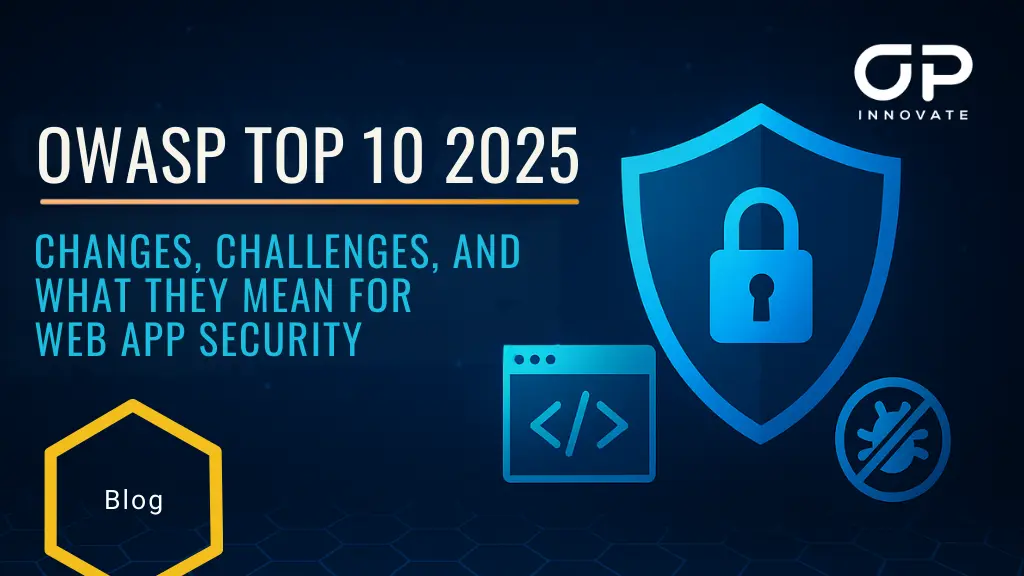Overview
- Threat Type: Windows Security Vulnerability
- Affected Systems: Microsoft Windows 10 and Windows 11
- Primary Concern: Execution of malicious code without authorization via advanced DLL Search Order Hijacking techniques.
Comprehensive Threat Description
- Nature and Sophistication of the Vulnerability: This threat introduces a significant vulnerability within Windows 10 and 11. Unlike traditional threats, it leverages a deeper understanding of Windows system operations, specifically targeting the mechanisms of DLL loading and execution. It represents an advanced form of security breach that can bypass even robust security protocols.
- Methodology and Innovation: This variant of attack showcases an evolution in cyberattack strategies. By manipulating the DLL search order and specifically targeting the WinSxS folder – an integral part of Windows architecture responsible for storing shared components – attackers have found a method to execute malicious code seamlessly. This method is deviously simple yet highly effective, exploiting the system’s inherent trust in its core directories.
Impact Analysis
- System Integrity and User Trust: The unauthorized execution of code strikes at the heart of system integrity and user trust. This vulnerability can be exploited to perform actions ranging from data exfiltration to deploying additional payloads, all under the radar of standard security measures.
- Data Security and Organizational Risks: The potential for data theft and unauthorized access poses a significant threat to individual and organizational data security. Sensitive information, once compromised, can lead to severe consequences including identity theft, financial fraud, and corporate espionage.
- Defense Evasion and Detection Challenges: Traditional security solutions may struggle to detect this form of attack due to its exploitation of trusted system processes. This evasion capability necessitates a rethinking of defense strategies, particularly around areas of trusted system components.
Technical Details and Operational Mechanisms
- DLL Search Order Hijacking Mechanics: This advanced method of hijacking involves manipulating the sequence in which the system searches for DLLs when an application is launched. By strategically placing a malicious DLL in directories the system trusts implicitly, such as the WinSxS folder, attackers can ensure their malicious code is executed first. This exploitation of trust is a critical aspect of the attack’s success.
Enhanced Mitigation Strategies
- Focused Process Relationship Monitoring: Beyond general monitoring, it’s essential to understand the behavior of legitimate processes and their typical interactions. Any deviation from these patterns, especially involving key system directories, should be flagged for further investigation.
- In-depth Activity Monitoring: Monitoring should not be limited to superficial scans. In-depth analysis of file operations, especially additions or modifications in critical folders like WinSxS, can provide early warnings of potential hijacking attempts.
- Proactive System Updates and Patching: Staying ahead of threats requires a proactive approach to system updates. Regularly patching known vulnerabilities is crucial, but equally important is staying informed about emerging threats and potential zero-day vulnerabilities.
Advanced Recommendations
- Security Protocol Evolution: Organizations must evolve their security protocols to address these sophisticated threats. This involves not only technical solutions but also strategic planning and operational adjustments.
- Comprehensive Employee Awareness and Training: Educating employees on the latest cybersecurity threats and their manifestations is vital. Training should include recognizing subtle signs of system compromises and understanding the importance of adhering to security best practices.
Conclusion:
The discovery of this new variant of DLL Search Order Hijacking highlights an ongoing arms race in cybersecurity. It underscores the need for continuous vigilance, advanced security measures, and a culture of cybersecurity awareness within organizations.
Stay safe and informed,
OP Innovate.









